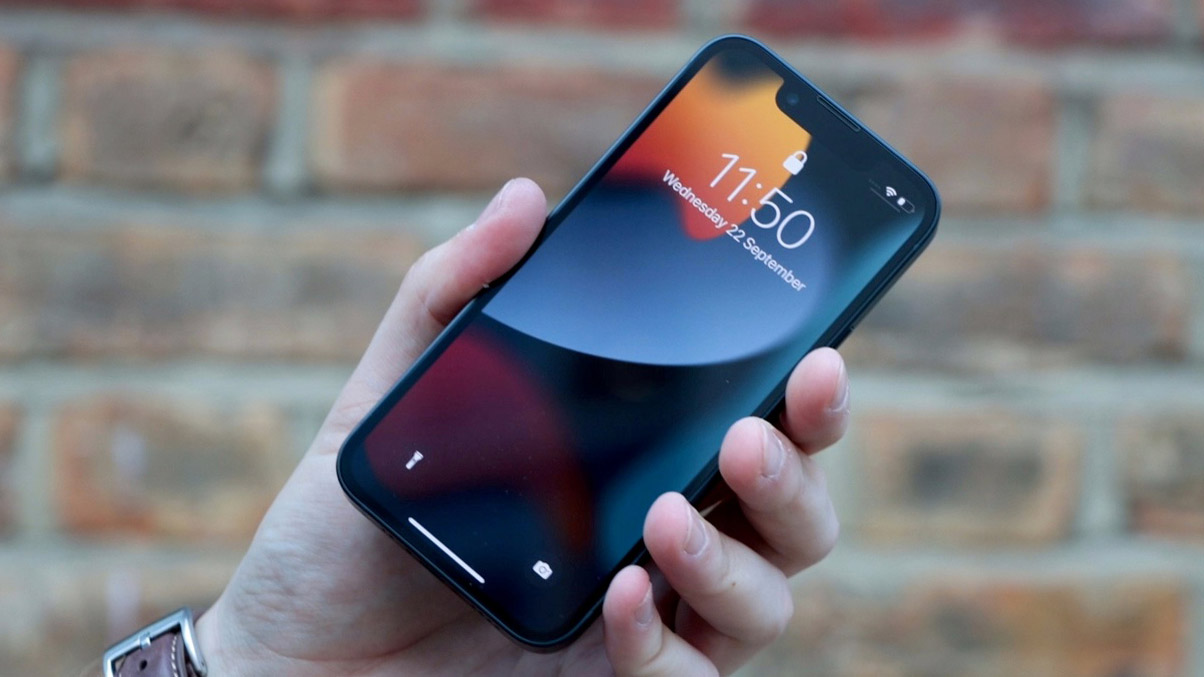Right now, I’m grateful for anything that offers even a small reprieve from the ever-dominant conversation about AI on smartphones, but I hate to burst Apple and Samsung’s bubble: this slim phone fad will never take off.
Just in case you’re wondering what the heck I’m talking about, both Apple and Samsung are going big on new phone models this year that prioritize slimness above all else. The Samsung Galaxy S25 Edge is no longer just a rumor, and while the iPhone 17 Air is still being kept behind closed doors, its announcement is a shoo-in for this year’s iteration of Apple’s September product showcase.
It’s noteworthy that two of the biggest smartphone manufacturers have decided to get in on this trend at almost exactly the same time, and this will no doubt lead to similar slimline handsets from smaller companies. But unlike the best foldable phones, which arguably represent the last major innovation in this space, I simply don’t see this form factor taking off – and you only have to look at Apple’s recent history to understand why.
Apple’s recent misses speak volumes

As much as it pains me to say it, the iPhone mini and iPhone Plus series failed spectacularly, with both phones falling well behind their standard and Pro counterparts in terms of sales.
It’s a shame, too, because I was absolutely obsessed with the value proposition of the iPhone 13 mini. It offered the same standard chipset and cameras as the regular iPhone 13, but at a reduced price, all within a body that was easy to use one-handed, which cannot be said for the majority of the best phones nowadays.
More recently, I’ve been using the iPhone 16 Plus, and again, unlike others, I appreciate its positioning in the iPhone lineup. For those who want a larger display for reading and watching content, not to mention extra keyboard space for typing, I strongly believe that the iPhone 16 Plus is a better-value alternative to the expensive iPhone 16 Pro Max.
Evidently, though, the majority of iPhone buyers don’t (or didn’t) share my feelings towards the iPhone mini and iPhone Plus series – and I think the same will be true of the iPhone 17 Air.
Even though they were cheaper, the iPhone 12 mini and iPhone 13 mini didn’t appeal to a broad enough set of buyers – their 5.4-inch displays were a niche preference. Similarly, the $100 / £100 / AU$200 premium demanded by Apple’s Plus iPhones has so far proven too much for budget-conscious consumers, and it looks like the iPhone 17 Air will replace the iPhone 17 Plus in this year’s lineup.
There’s a sweet spot to be struck between price and functionality, and unfortunately, the iPhone 17 Air doesn’t seem like it’ll hit that sweet spot, either.
Why the iPhone 17 Air is going to fail
While the finer details will no doubt change once we get an official announcement, the word on the street (thanks to many leaks) is that the iPhone 17 Air, much like the cheaper iPhone 16e, will feature just one rear-facing camera.
One can assume that the lesser camera tech is all part of the plan to make the Air as slim as possible, and from what we know so far, Apple’s definitely achieved greatness on that front. The latest rumors suggest the phone will be just 5.65mm thick and weigh only 145g in the hand. That’s quite impressive from an engineering point of view, but it will likely come at the expense of another key feature: the battery life.
Apple needs to stop toying with size variations that don’t quite land and instead drop its long-awaited foldable phone.
There’s a chance that the iPhone 17 Air might use a minuscule 2,800mAh cell, which is next to nothing on the modern market and could make it tricky to ensure that the phone reaches the end of the day on a single charge. If Apple decides to equip the iPhone 17 Air with a super-efficient silicon-carbon battery, then its battery life might not be something to worry about, but there will inevitably be some endurance compromises brought about by Apple’s quest for ultimate thinness.
At this rate, you might be thinking that with fewer cameras and a smaller battery, there might be a redeeming quality in the iPhone 17 Air’s price, but you’ll likely be wrong on that front, too.
All signs point towards the iPhone 17 Air having a starting price of $899 / £899, which puts it back in the same predicament as the Plus range, except this time, it’ll be lacking a few notable features that you’ll likely be able to get on the cheaper, standard iPhone 17.
In my opinion, Apple needs to stop toying with size variations that don’t quite land and instead drop its long-awaited foldable phone, which, at the very least, will offer a different experience that you can’t get on other iPhones.
